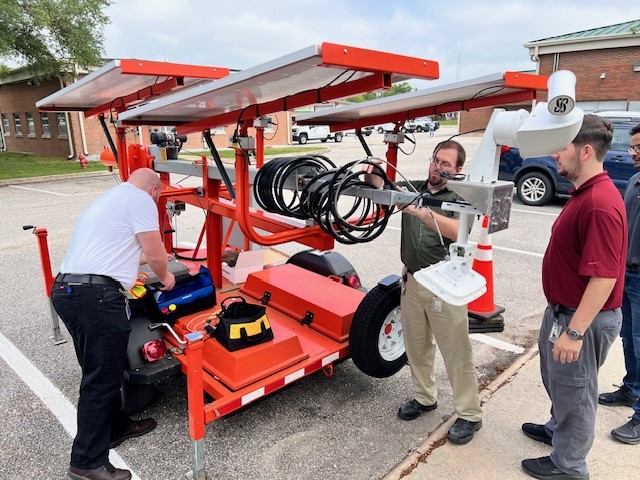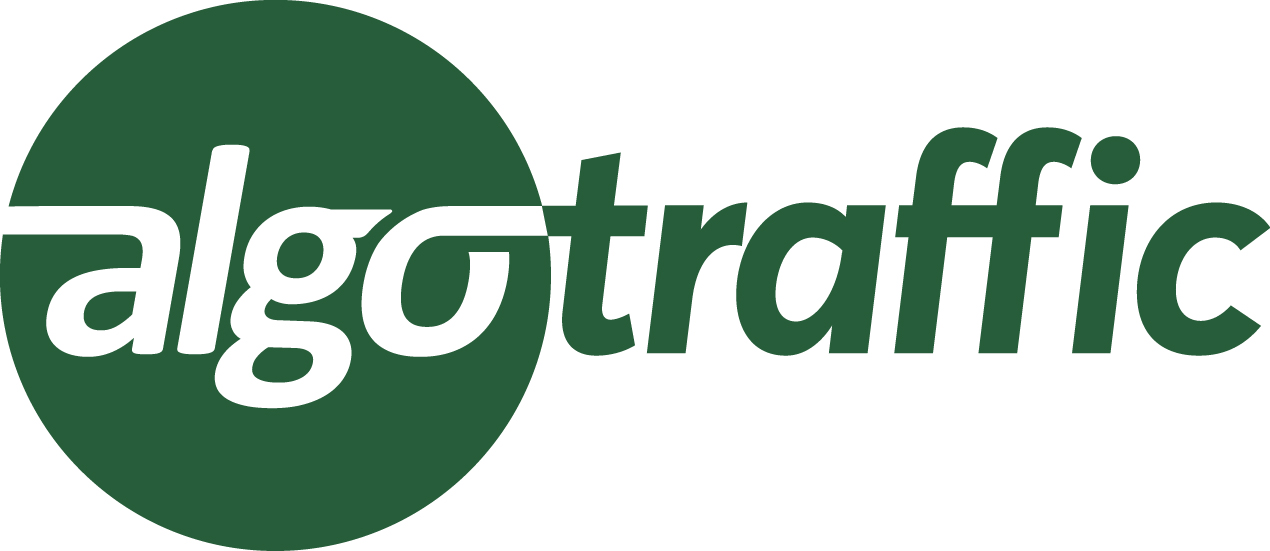With the busiest part of the summer travel season over, new traffic numbers are showing how effective removing the toll from the Beach Express Bridge has been. To help daily commuters and tourists heading to Alabama beaches, the state bought the toll bridge and removed the tolls ahead of the Memorial Day weekend. The Alabama Department of Transportation (ALDOT) has been tracking traffic on the two main north-south routes crossing the Intracoastal Waterway, and the data shows big changes in how people are traveling.
Beach Express Traffic Data
- Impact of Toll Removal
Since the toll was removed, traffic data shows that on average 6,000-8,000 more cars are using the Beach Express Bridge daily. During peak times like weekends, holidays and concert events, held at the nearby Wharf Amphitheater, that total is even higher.
- June Traffic Comparison
Over 2.3 million vehicles traveled on Highway 59 and the Beach Express combined, crossing the Intracoastal Waterway in June 2024. Over 257,000 more vehicles used the toll-free Beach Express Bridge compared to June 2023 when the toll was still in place. This is a 44 percent increase in users. This shift has, in turn, reduced congestion on Highway 59.
- July 4th Week Comparison
During the week of July 4, nearly 47,000 fewer cars used Highway 59 compared to the same week in 2023.

Looking Ahead
Even with the good news of a better balance of traffic between the two routes, future improvements are being made on both Highway 59 and the Beach Express, which will soon be known as SR-161.
The City of Gulf Shores will be adding a third lane southbound on the Holmes Bridge on Highway 59 once the new pedestrian bridge and the widening of Highway 59 are complete. This will provide a total of six lanes, three in each direction, to help move traffic more efficiently.
To the east, ALDOT contractor Scott Bridge Co. has made significant progress toward completion of the new Waterway SR-161 bridge over the Intracoastal Waterway.
When finished, this bridge and the existing Beach Express Bridge will provide two lanes in each direction, doubling the capacity for Beach Express users. These efforts will increase the total lanes across the Intracoastal Waterway from seven today to ten once all construction is completed.
ALDOT’s traffic engineering team will continue collecting data at different times of the day and during peak traffic seasons, especially on SR-180 (Canal Road) and its traffic signals. This data will be important for planning future traffic signals. This is crucial as the new Waterway Bridge is set to open in 2026.




